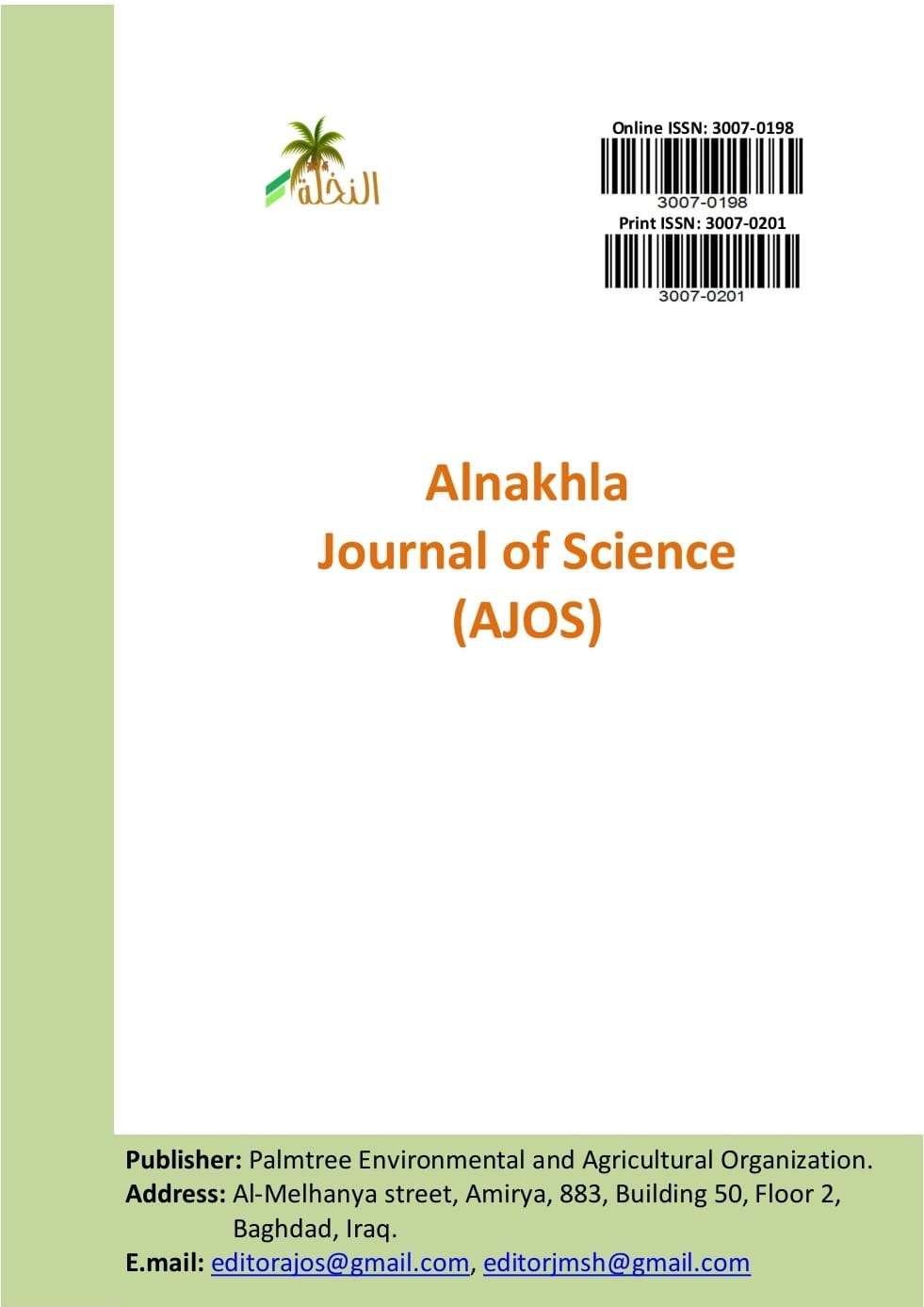Using green nanotechnology to develop smart cities, for a more sustainable future and a clean environment (A Review)
DOI:
https://doi.org/10.63799/AJOS/14.1.67Keywords:
Sustainable development, Environmental sustainability, Carbon nanotubes, Green nanotechnology, NanotechnologyAbstract
The use of nanotechnology to improve the environmental sustainability of processes that result in negative externalities is known as "green nanotechnology". The phrase also refers to the use of nanotechnology products to improve sustainability. It also covers the production of environmentally friendly Nano products and their application to promote sustainability. Green nanotechnology is defined as the creation of clean technologies that "reduce the potential risks to both environmental and human health associated with the manufacture and use of nanotechnology, and encourage the replacement of existing products with new environmentally friendly Nano products throughout their life cycle." Nanotechnology is also considered one of the technologies of materials engineering, and these technologies are related to various sciences such as physics, chemical engineering, biomedical engineering, and mechanical engineering, which is a science specialized in the research and production of materials at the very small atomic level. The study of matter processing at the atomic and molecular level is the focus of the science known as nanotechnology. The creation of novel technologies and procedures with dimensions expressed in nanometers—one thousandth of a micrometer or one millionth of a millimeter—is the focus of nanotechnology. Typically, nanotechnology works with atomic clusters that range in size from five to a thousand atoms, or measurements between one and one hundred nanometers. Compared to bacteria and live cells, these dimensions are far smaller. So far, this technology is not specialized in biology, but rather is concerned with the qualities of materials, and its domains vary greatly from semiconductors to fully new technologies based on molecular self-assembly. This specificity in measurement is matched by the expansion in the nature of the materials utilized, as nanotechnology works with any processes or structures at the microscopic Nano level. Quantum limitation, which creates novel electromagnetic and optical phenomena for matter between the size of a molecule and the apparent size of a solid, is one example of such Nano scale phenomena. The Gibbs-Thomson effect, which is the drop in a substance's melting point when its size reaches the Nano scale, is another example of a Nano scale phenomenon. Carbon nanotubes are the most significant Nano scale structures.


